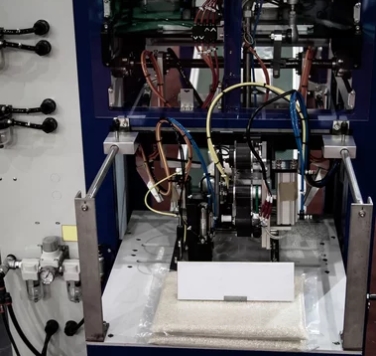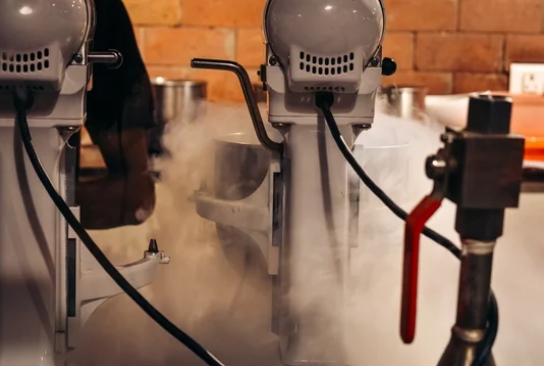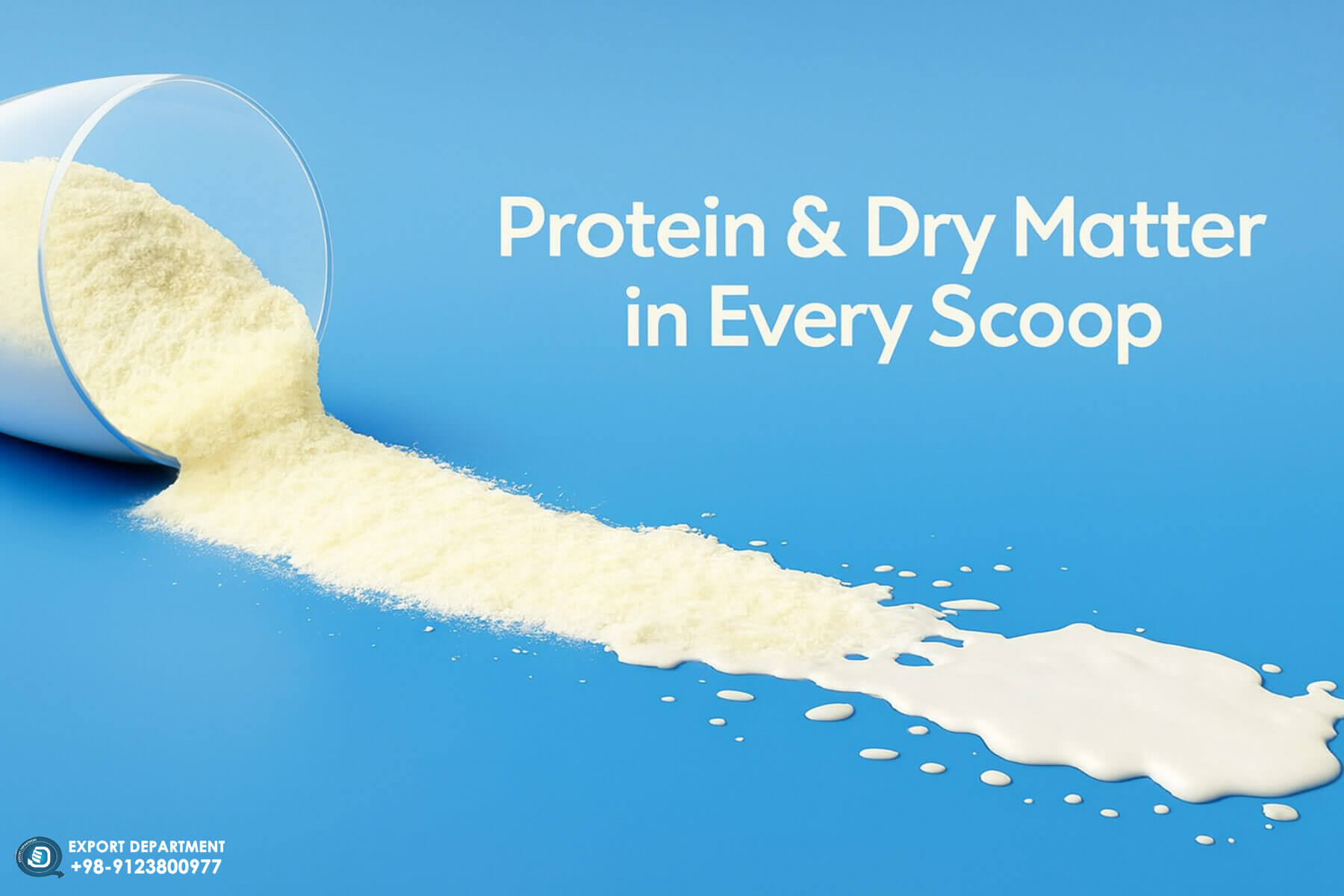Preventing Oxidation in Whole Milk Powder: Comparative Analysis of Vacuum Packaging and Modified Atmosphere Packaging
Whole milk powder, containing unsaturated fats, is prone to oxidation, leading to off-flavors, rancidity, and decreased nutritional value. Some methods are employed: vacuum packaging, and Modified Atmosphere Packaging (MAP), which slow down oxidation while maintaining sensory attributes.
As powdered products, including whole milk powder, are shipped around the world and often held in storage for extended periods, there is a real risk of degradation, which could significantly reduce the product's shelf life.
In the case of whole milk powder, the presence of unsaturated fats makes it susceptible to oxidation. Oxidation is a chemical reaction that occurs when oxygen comes into contact with these unsaturated fats, leading to the degradation of the fats and resulting in off-flavors, rancidity, and a decrease in nutritional quality.
Read More: Functional Properties of Whole Milk Powder

Oxygen in the air can react with the unsaturated fatty acids present in whole milk powder, causing the formation of free radicals. These free radicals initiate a chain reaction known as lipid oxidation, which leads to the breakdown of fats and the development of undesirable flavors and aromas. The process of oxidation can be accelerated by factors such as exposure to light, heat, and moisture.
To prevent or minimize oxidation in whole milk powder, some protective measures are employed. These methods remove or reduce the presence of oxygen, creating an oxygen-free or oxygen-limited environment that helps preserve the quality and shelf life of the milk powder by minimizing oxidation.
Read More: Full Cream Milk Powder: Nutritious and Versatile Dairy Product
Two common methods used for preventing oxidation and maintaining the quality of whole milk powder are vacuum packaging and modified atmosphere packaging.
Vacuum packaging:
In this method, whole milk powder is packed in airtight containers or packaging materials, and the air inside is removed using a vacuum sealing process. By eliminating the presence of oxygen, which is responsible for oxidation, vacuum packaging helps preserve the freshness and shelf life of the milk powder. Vacuum packaging not only eliminates oxygen exposure but also acts as a protective barrier against pressure and impact, further safeguarding the quality and shelf life of the whole milk powder.

When milk powder is vacuum-packaged, the air inside the container is removed, creating a partial vacuum. This vacuum state cushions the milk powder from external pressure and impact during handling and transportation. As a result, the milk powder is less prone to physical changes that could accelerate the oxidation process.
Vacuum packaging can be suitable for products with shorter shelf lives or those that require minimal handling or exposure to external factors.
Modified Atmosphere Packaging:
Modified Atmosphere Packaging (MAP) is another effective method used to prevent oxidation and maintain the quality of whole milk powder. In this technique, the air inside the packaging is replaced with a carefully controlled mixture of gases that is different from the typical atmospheric composition.
The typical gases used in MAP for preserving milk powder include nitrogen, carbon dioxide, and sometimes small amounts of oxygen. The combination of gases is tailored to create an optimal environment that minimizes oxidation while preserving the sensory and nutritional attributes of the milk powder.
The benefits of Modified Atmosphere Packaging lie in its ability to slow the oxidation process without completely eliminating oxygen. While oxygen is responsible for causing oxidation in milk powder, it also plays a role in maintaining sensory characteristics, such as color, flavor, and aroma. By carefully regulating the gas mixture, MAP strikes a balance between preserving the milk powder's quality and preventing undesirable reactions caused by excess oxygen exposure.
The gas composition and packaging process can be customized based on factors such as the type of milk powder, desired shelf life, and storage conditions. For instance, products intended for long-term storage may require a different gas mixture compared to those with shorter shelf lives.

One potential drawback of MAP is that it demands precision and specialized equipment to achieve the desired gas mixture accurately. However, when properly executed, it can significantly extend the shelf life of whole milk powder and help maintain its freshness and nutritional value.
Nitrogen injection is an essential part of MAP because nitrogen is an inert gas that does not react with the product, in this case, whole milk powder. In this method, nitrogen gas is injected into the packaging before sealing, displacing the oxygen and creating a protective atmosphere. This minimizes the contact of oxygen with the milk powder, thereby reducing the risk of oxidation and maintaining its quality over time.
Nitrogen injection may be preferred for products with longer shelf lives or those that may undergo more handling, as it offers a more continuous protective atmosphere.
Both vacuum packaging and modified atmosphere packaging are effective techniques for extending the shelf life and preventing oxidation in whole milk powder. Vacuum packaging creates an oxygen-free environment, while modified atmosphere packaging displaces oxygen with a mixture of gases. The choice of method may depend on various factors, including the specific requirements of the product and the desired shelf life.
To contact the Chaltafarm Dairy Export Department, please refer to the Contact Us section.
| Modified Atmosphere Packing (M.A.P.) (gea.com) |
| (eghtesadafarin.com) |
| SHELF LIFE OF PRODUCTS WITH THE APPLICATION OF MAP AND WITHOUT (saplicanstechnology.com) |


.jpg)
.jpg)


.jpg)